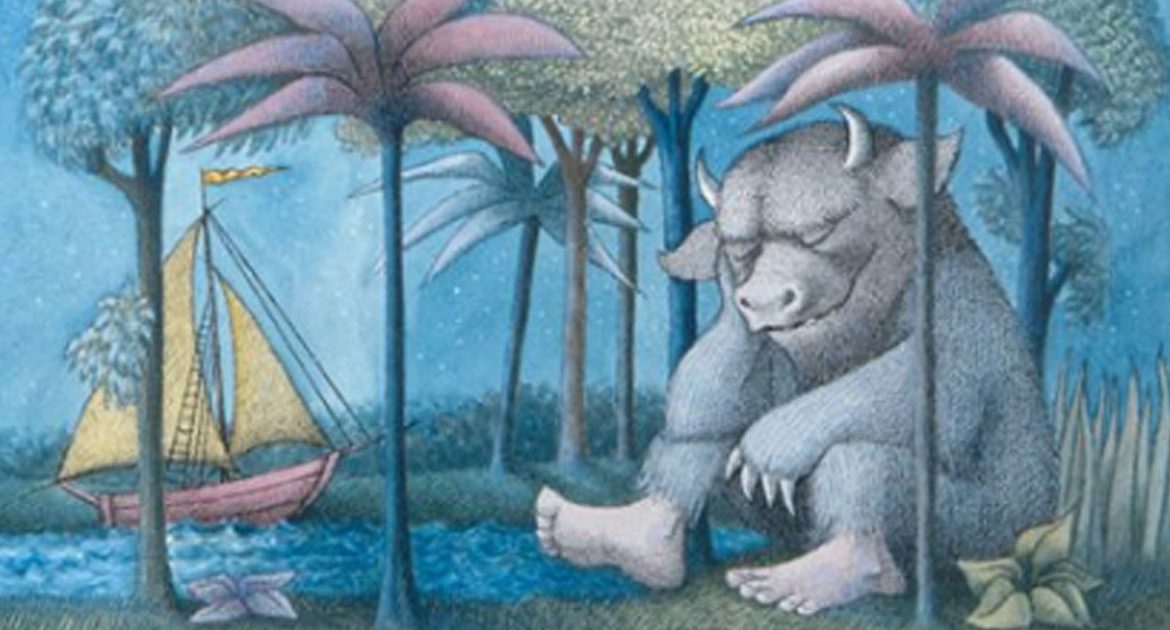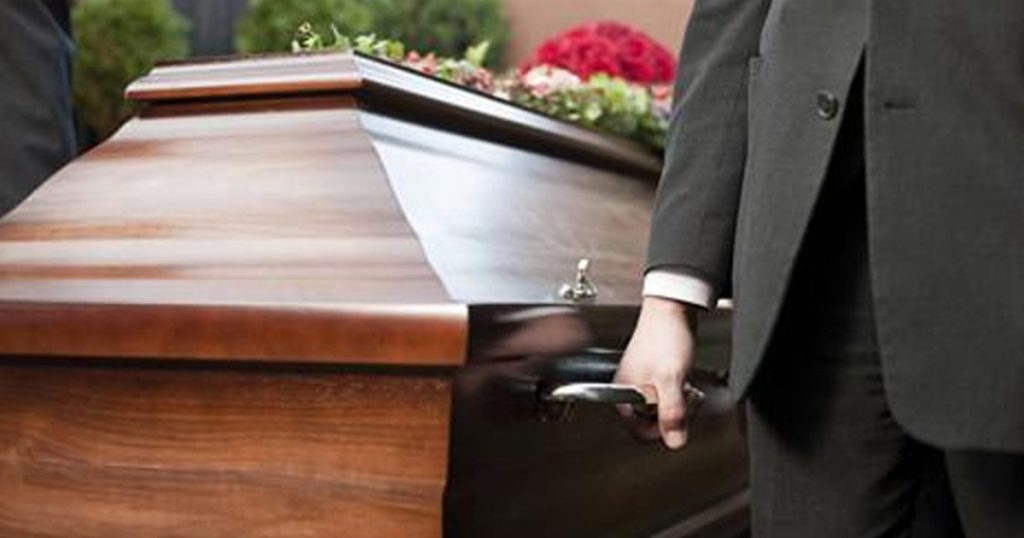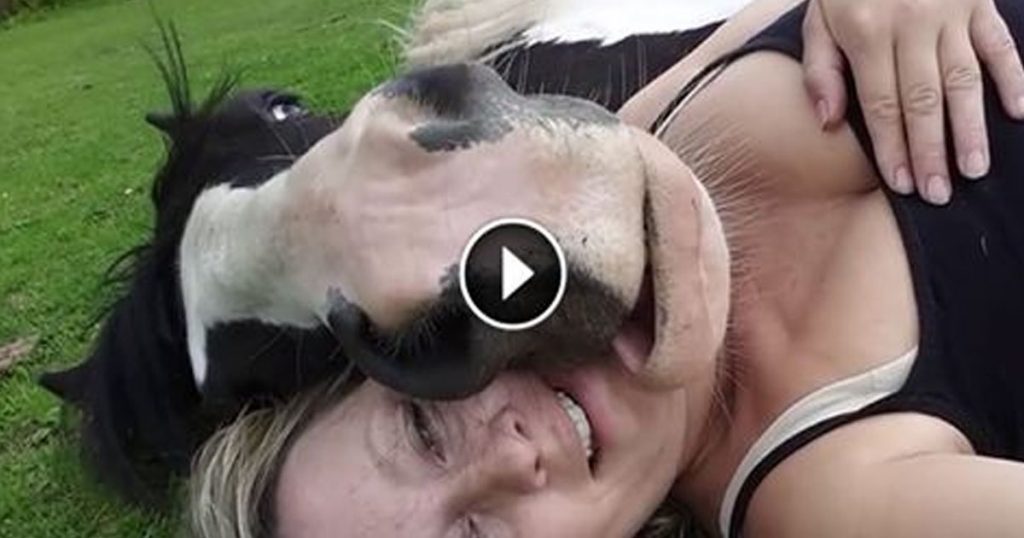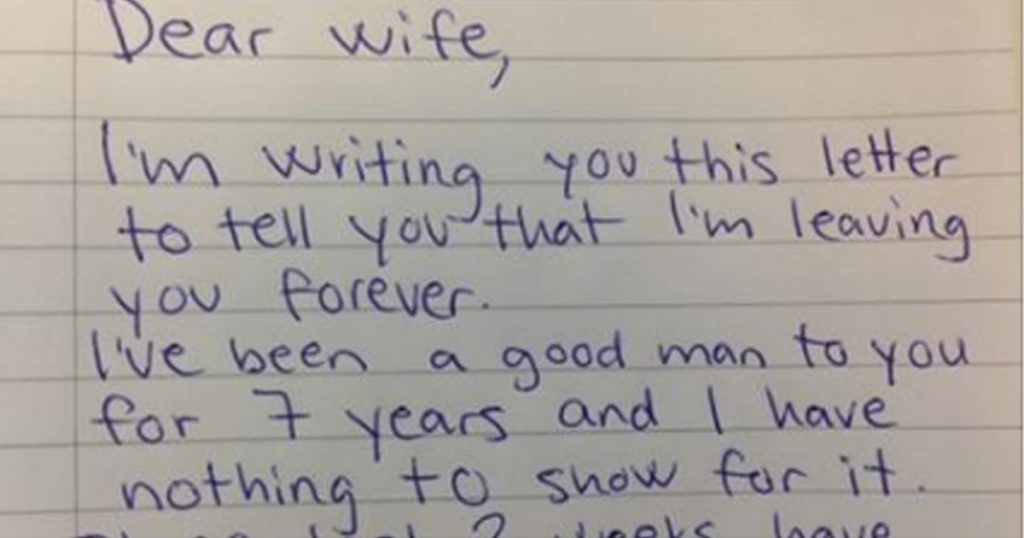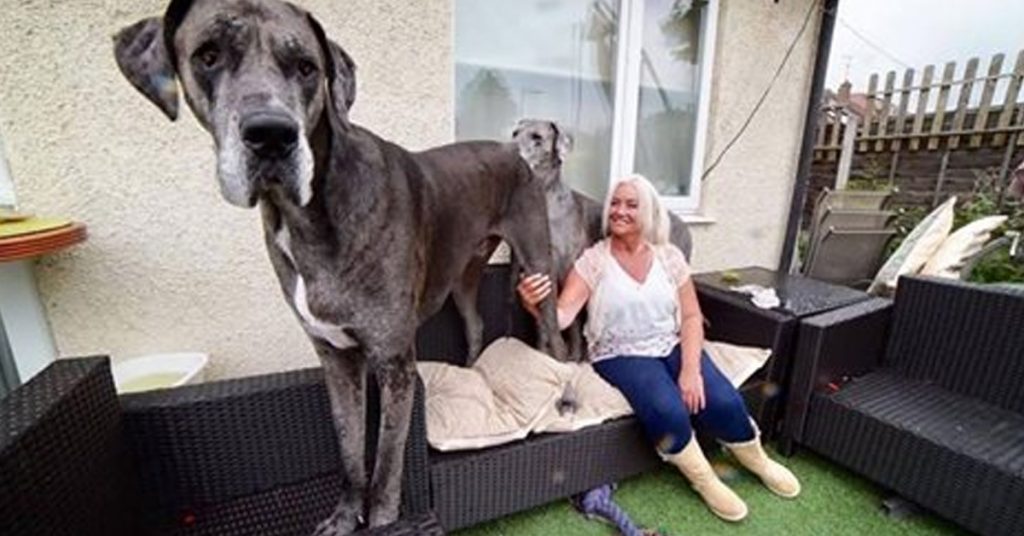There’s a reason we all begin our literary careers with children’s books. The words are digestible for our teensy little lexicons, the illustrations are captivating, and the messages are all parent approved. But why did we ever stop reading them? Why did a new taste for chapter books, languid prose, and sophisticated literary devices spoil the simple stories we grew up on? We think it’s safe to say that the children’s books that created a moral foundation when you were five, are just as important when you’re 50, and that books aimed for ages 5 — 9 can easily be stretched from 5 – 90. In our opinion, you’re never too old for their simple wisdom and guidance. You might even squeeze out a deeper meaning as an adult.
Here’s our list of children’s books everyone should read — suggested age parameters aside.
The Giving Tree, by Shel Silverstein

Most of us are familiar with this tale: the boy and the apple tree grow up together, the boy unhesitating asks the tree for its resources, the tree unquestioningly grants his requests, and when they’ve both grown old together, the boy is lonely and the tree is a stump. What begins as loving requests – swinging from the tree’s branches, climbing its trunk – turn greedy and destructive to the livelihood of the tree. Eventually the boy comes to the tree, which, after a lifetime of giving, has nothing to offer but a quiet place to sit.
Children’s lesson: Don’t be greedy.
Adult’s lesson : Environmental consciousness (but also, don’t be greedy).
Oh the Places You’ll Go, by Dr. Seuss

A story about the journey of life and the obstacles it may pose is suitable at any age. In this childhood classic, the main character, “you”, decides to leave town and set out to see the world. En route, “you” tread the colourful landscapes of Dr. Seuss’ imagination, and the less imaginative but all too human battles with success, failure, happiness, risk, and joy.
Children’s lesson: Life has its ups and downs.
Adult’s lesson: Life has its ups and downs, both of which we’ll inevitably face, and both of which we can decide how to face. The ‘how’ is the important part.
Alexander and the Terrible, Horrible, No Good, Very Bad Day, by Judith Viorst

From the moment he wakes up, nothing seems to go right for Alexander. He spills milk on the floor, is scolded in school, finds his lunch lacking a dessert, and gets soap in his eyes. Every time something goes wrong he says he will move to Australia. The title may be self-explanatory, but this book teaches a vital lesson that is easy to lose sight of as you age: some days just suck.
Children’s lesson: Things might potentially be better in Australia, but it’s more likely that Alexander’s mom is correct: everyone has bad days.
Adult’s lesson: Things can go wrong, terribly wrong, but they’ll pass eventually. A positive mindset is important in dealing with hardship. The world is not out to get us, even though it often feels that way.
Where the Wild Things Are, by Maurice Sendak

After Max is sent off to bed for wreaking havoc in the house while playing in his wolf costume, he slips into bed and enters a new world. Here, there are incredible creatures, mysterious jungles, and wild things that deem him the king. After a playful adventure with these novel creatures, however, Max decides to return home, where a hot supper is waiting for him.
Children’s lesson: Imagination is powerful; we’re all a little wild.
Adult’s lesson: We all get upset. Sometimes we visit our wild sides and tantrum ensues, but eventually we come to grips with the realities of life. Also, interpretation is powerful: what is perceived as reckless to one is ingenuity to another.
The Missing Piece Meets the Big O, by Shel Silverstein

Told alongside Silverstein’s classic minimalist illustrations, The Missing Piece Meets the Big O, it a tale about a small triangle looking for the counterpart to complete it. But when the lone piece meets the Big O, it realizes it can roll itself into circular completion without anyone else.
Children’s lesson: Self-love is important.
Adult lesson: True love does not complete you, despite the illusion that it does. It lets you grow and develop into your own unique self, untethered from any other identity but your own, and rounded smooth by unconditional self-love.
The Dot, by Peter Reynolds

Vashti, The Dot’s main character, says she can’t draw, but her teacher thinks otherwise. In class one day, the teacher tells a disheartened Vashti to make a mark and see where it takes her. Vashti draws a dot, and to her disbelief her picture is framed in the classroom. With a new boost of confidence, she then sets out to make even bigger and better dots. In pursuit of the best dot yet, her creativity blooms and her self-consciousness wanes.
Children’s lesson: We’re all creative! Find an expression that works for you.
Adult lesson: We’re all creative! Find a niche that works for you, keep striving for improvement, and be brave. What doesn’t appear to be art, may just be an inability to see beauty under a veil of doubt: the possibilities are there, they just need to be uncovered.
The Paper Bag Princess, by Robert Munsch

In a reversal of the princess stereotype, Elizabeth sets off to rescue Prince Ronald after a dragon burns down her castle and her clothes, leaving her with only a paper bag to wear. In an attempt to save the prince and his house from the same fate, she dashes off to follow the dragon and challenges him to a duel. The dragon accepts and hurries to disprove Elizabeth’s claim that he can’t burn down an entire forest and fly around the world two times in a row. But exhausted after just the first flight, the dragon slumps, defeated, and Elizabeth runs off to save the prince. Upon saving him, he is unappreciative; he tells her to come back when she looks like a real princess. Not willing to slum to his pretentious demands, she leaves Ronald and dances off into the sunset.
Children’s lesson: Girls rule, boys drool.
Adult’s lesson: Stereotypes are often hollow: a princess doesn’t need a prince, and a materialist mindset leads to shallow goals, not happiness.
Do you have a favorite children’s book to add? Tell us in the comments!
